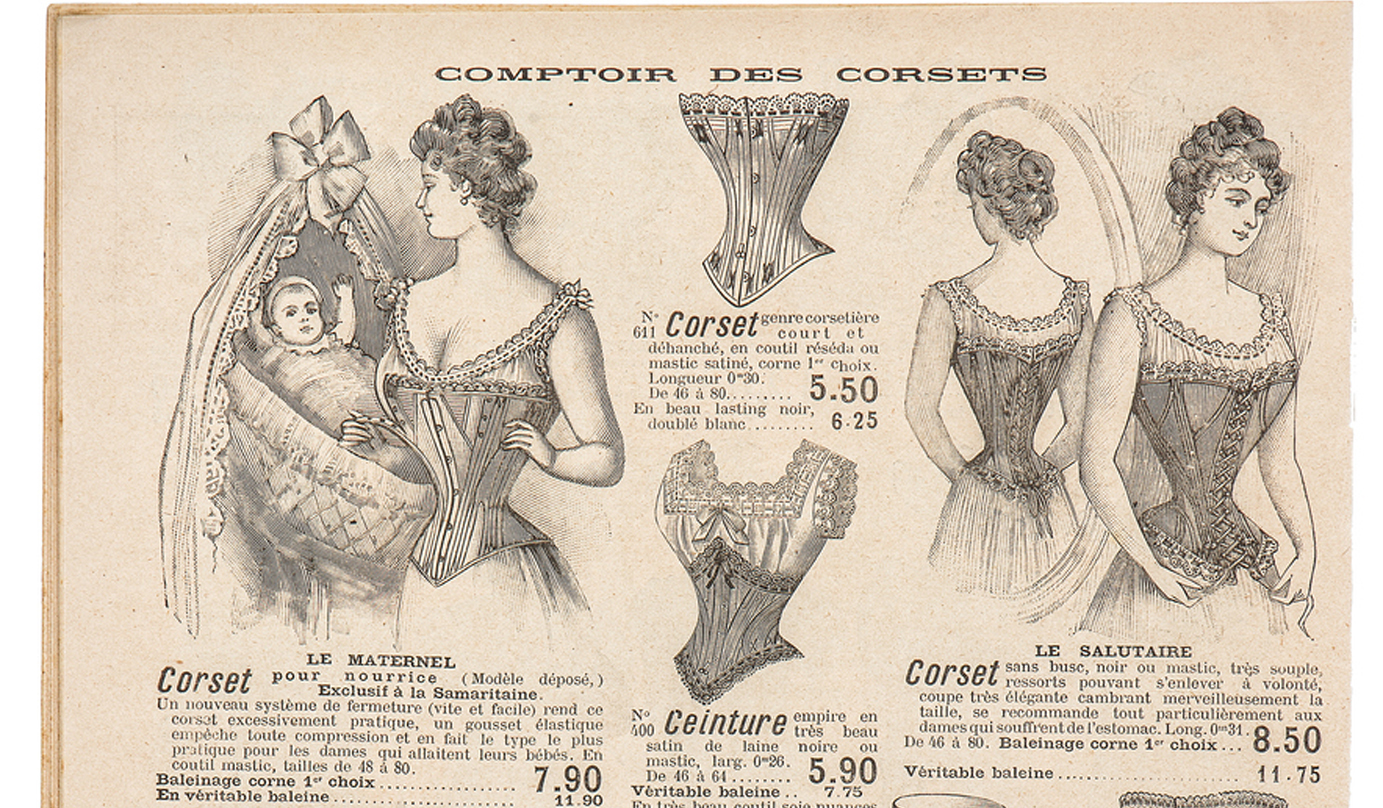
Are you a trendsetter? Clothing and fashion can be a form of self-expression. Our clothes have come a long way to become what they are today. Let's take a journey back to thousands of years ago and travel down the timeline to see how clothing has evolved.

During the Roman era (500 BC – 323 AD), people saw clothing as a way to display someone's status and wealth. The women during this time wore a shawl draped over their heads, called a palla. They also wore a stola, which was a long dress. The men wore a toga over their tunics. The toga was a piece of cloth that was worn over their bodies, and it showed that they were citizens of Rome. The tunics are very similar to what dresses look like now.

By the Middle Ages (400 – 1200 AD) both men and women wore belted tunics. For the women, their tunics were ankle length and they also wore a shawl to cover their heads. The colours of their clothing were important, as they were used to denote their wealth status. The rich men had tunics that were sewn up on the sides, but the poor had them open instead.

The Renaissance period (1350 - 1520) was important, because this is when interest in fashion really grew between aristocrats. Among the aristocrats, a lot of money was spent on fashion and clothes. Similar to the time periods before, the clothes worn conveyed the status of the wearer.

Technology plays a huge part in how clothing is produced. While we are used to ready-to-wear apparel, this was not always the norm in history. For a long time, clothing was made according to the wearer's measurements. The seamstresses and tailors made the exclusive clothing based on those measurements. This custom-fitting clothing is called haute couture.

The Industrial Revolution (1760 - 1840) changed everything. Until the 1770s, clothing conveyed status and wealth, and it was not seen as a medium to self-express. Up until this era, all clothing was handmade. But now with new machinery, clothing was being made at a much faster pace. The sewing machine also made clothing manufacturing much less labour-intensive, which allowed fashion to be mainstream.

The Victorian era (1830s - 1890s) is famous for its dresses with the hourglass silhouette. It was the most popular and sought-after fashion for women at the time. Women who were more wealthy wore finer materials with more exquisite trims. Many people wore wigs with curls and ringlets. They also wore headpieces that were decorated with many ornaments like flowers and leaves.

If you lived in the Victorian era, perhaps you would find some of their clothing restrictive. Instead of comfortable and baggy clothes, many Victorian women wore corsets. Corsets are tight-fitting undergarments. The corsets could be very confining, and many people think they cause damage to the body. These tight corsets could damage the internal organs, cause cancer, and cause the wearer to faint.

The men from the Victorian era wore waistcoats. Some men also wore corsets to give them a smaller waist. Long trousers became more popular during this time. Men from the upper class wore top-hats, while men from the working class wore bowler hats.

Next came the Edwardian period (late 1890s – 1914). This era was all about achieving an elegant and mature look. Corsets were still popular at the time, but instead of the hourglass look, the s-shaped silhouette was more sought-after. Laces and ruffles were also widely used in women's clothing. For men, tailored suits and jackets remained popular during the Edwardian period.

If you like any of these looks, you can try recreating them. You could search for vintage pieces to complete your attire.